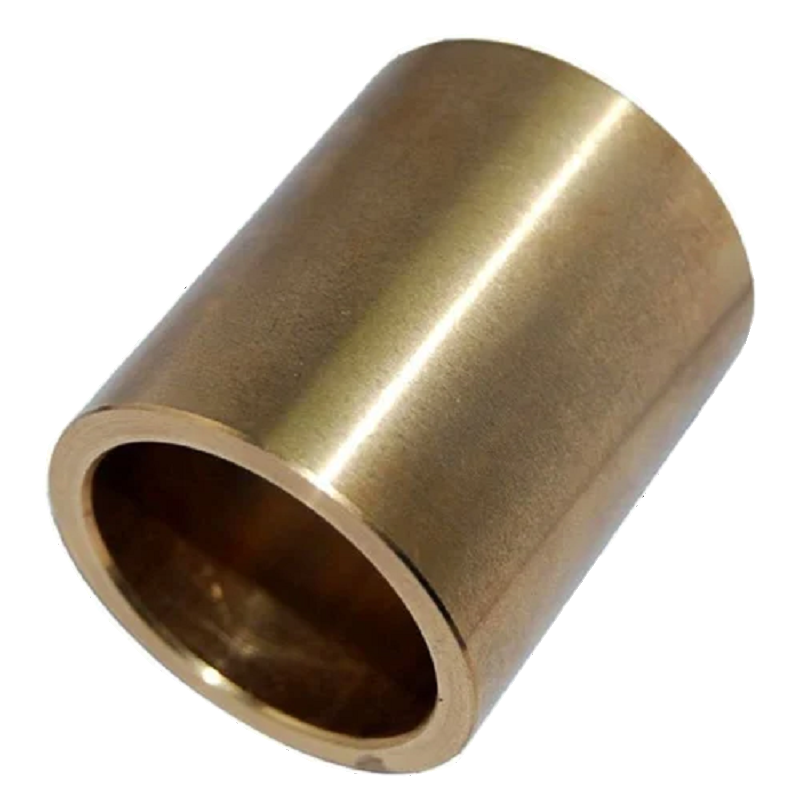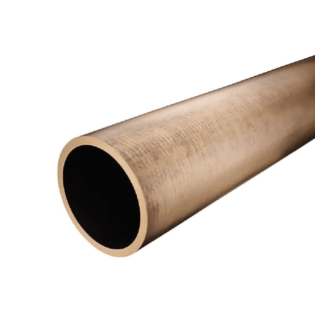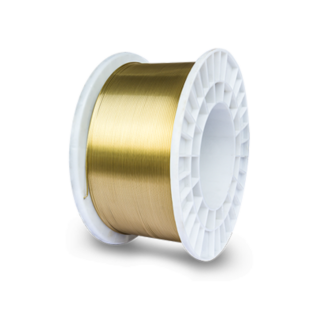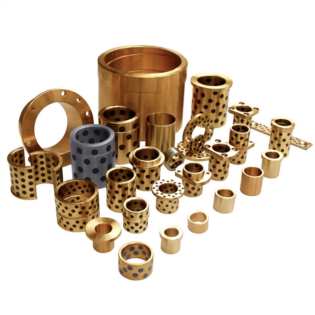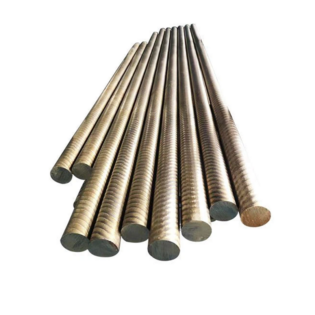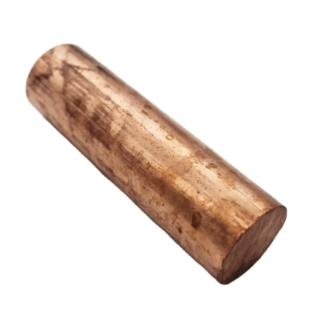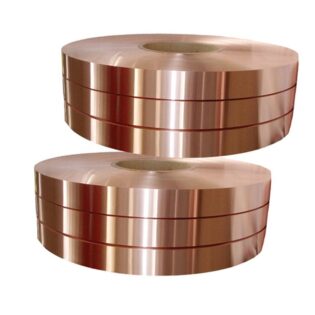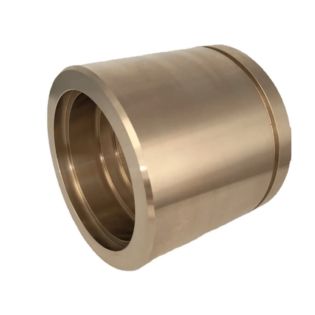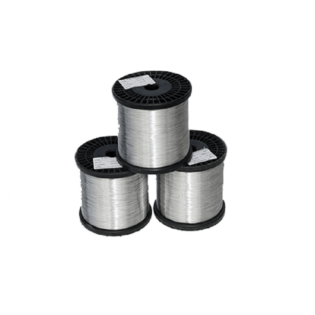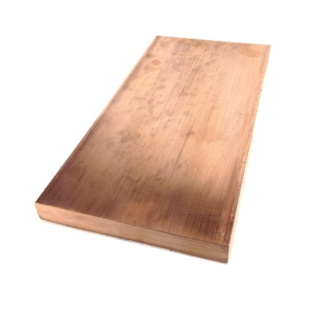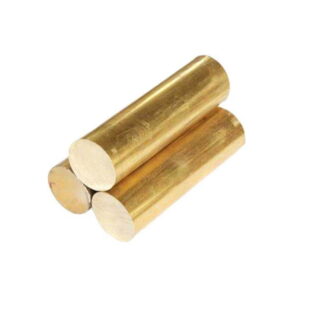Aby zapewnić najlepsze wrażenia, używamy technologii takich jak pliki cookie do przechowywania i/lub uzyskiwania dostępu do informacji o urządzeniu. Wyrażenie zgody na te technologie umożliwi nam przetwarzanie danych, takich jak zachowanie przeglądania lub unikalne identyfikatory na tej stronie. Brak zgody lub wycofanie zgody może niekorzystnie wpłynąć na niektóre funkcje i funkcje.
Techniczne przechowywanie lub dostęp są absolutnie niezbędne do realizacji prawnie uzasadnionego celu, jakim jest umożliwienie korzystania z określonej usługi wyraźnie żądanej przez abonenta lub użytkownika, lub wyłącznie w celu przeprowadzenia transmisji komunikatu za pośrednictwem sieci łączności elektronicznej.
Techniczne przechowywanie lub dostęp są niezbędne do uzasadnionego celu przechowywania preferencji, których nie zażądał abonent lub użytkownik.
Techniczne przechowywanie lub dostęp wykorzystywane wyłącznie do celów statystycznych.
Techniczne przechowywanie lub dostęp wykorzystywane wyłącznie do anonimowych celów statystycznych. Bez wezwania do sądu, dobrowolnej zgodności ze strony dostawcy usług internetowych lub dodatkowych zapisów od strony trzeciej informacje przechowywane lub pobierane wyłącznie w tym celu nie mogą zwykle służyć do identyfikacji użytkownika.
Techniczne przechowywanie lub dostęp są wymagane do tworzenia profili użytkowników w celu wysyłania reklam lub śledzenia użytkownika na stronie internetowej lub na kilku stronach internetowych w podobnych celach marketingowych.

